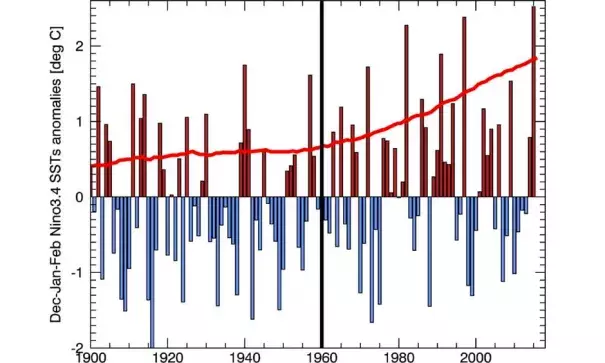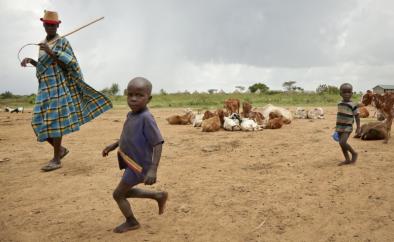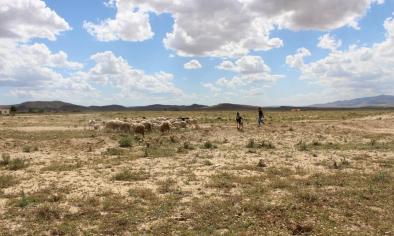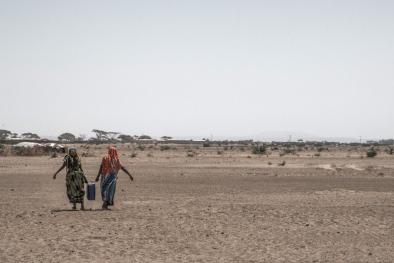Warmer Ocean Waters Seen to Spur Drought in Africa

Scientists from the U.S. Geological Survey, the University of California Santa Barbara, and the National Oceanic and Atmospheric Administration (NOAA) tracked the severe droughts in eastern and southern Africa. This science team has recently published a paper in the Bulletin of the American Meteorological Society (chapter 15)[1] that assesses the extent that warmer ocean waters resulting from human-caused climate change likely intensified the impacts of the drought.
The authors of the study evaluated the impacts of the rainfall reductions and air temperature increases in Africa during this period by means of a contra-positive experiment, in which a “world without climate change” was simulated in complex hydrologic models. These experiments revealed that the warming of El Niño beyond its historical averages during 1946-1975 likely helped produce a very large reduction in streamflow: 35% for Ethiopia and 48% for Southern Africa. Both regions experienced severe water shortages, as illustrated by estimates of per capita water availability.
Related Content






